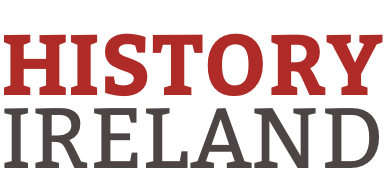Medieval Irish political and economic divisions
The three primary dynamics of medieval society were the control of the production of wealth, the raising of armies for war, and the administration of justice for the achievement of civic order. Such functions did not operate in a vacuum but used a hierarchical spatial system, or a system of local, regional and provincial territorial … Read more
